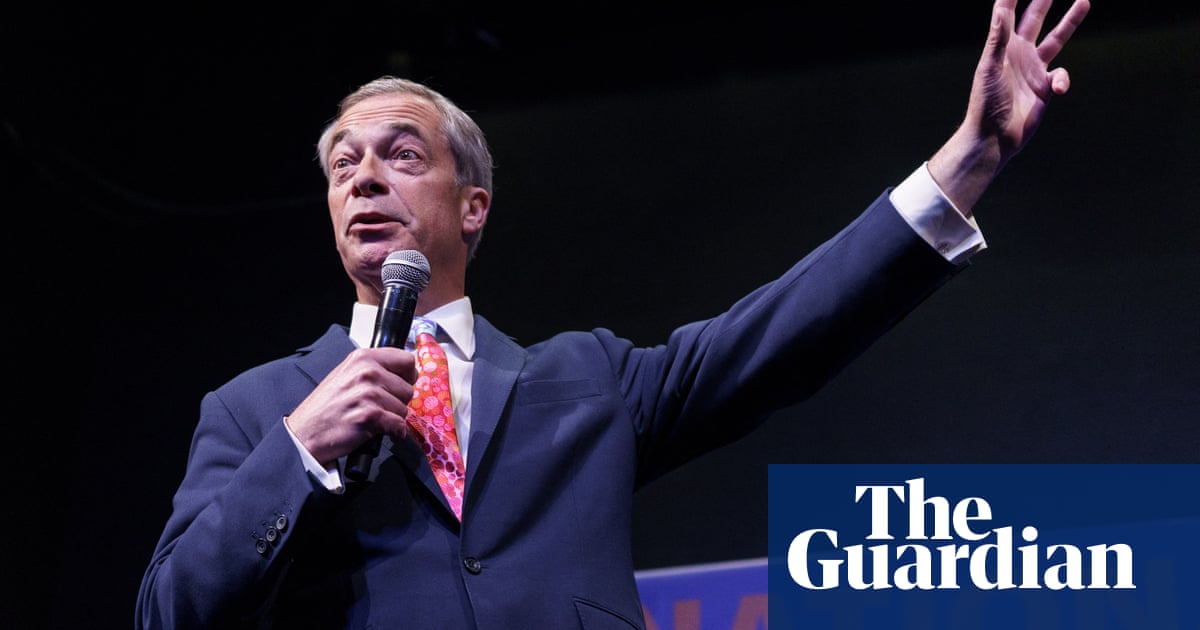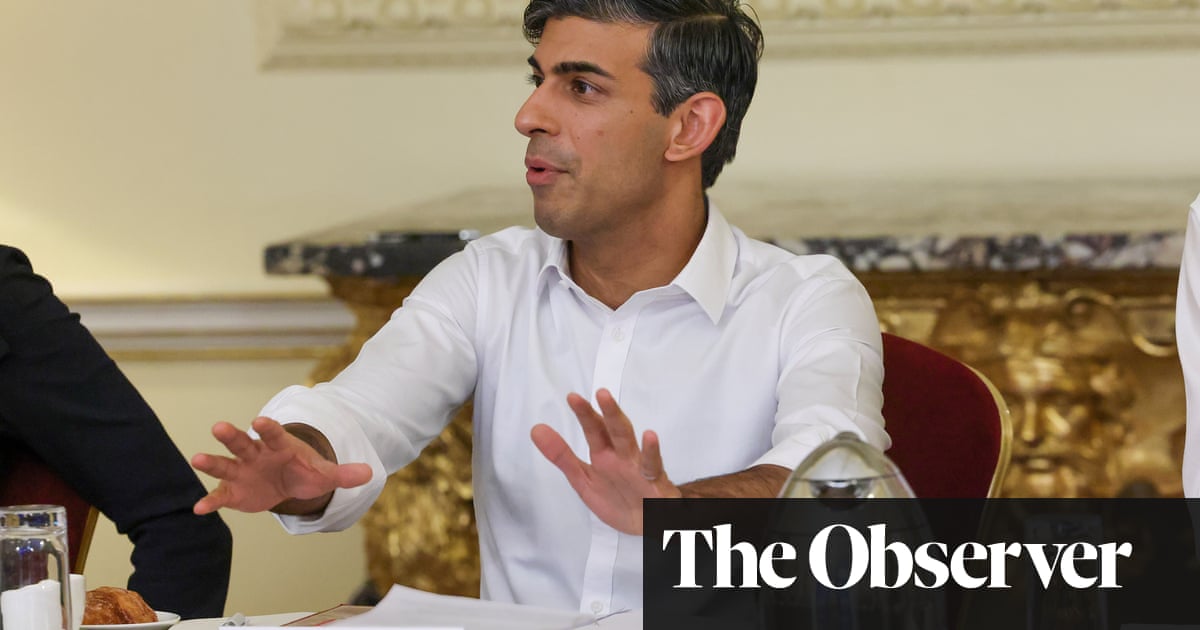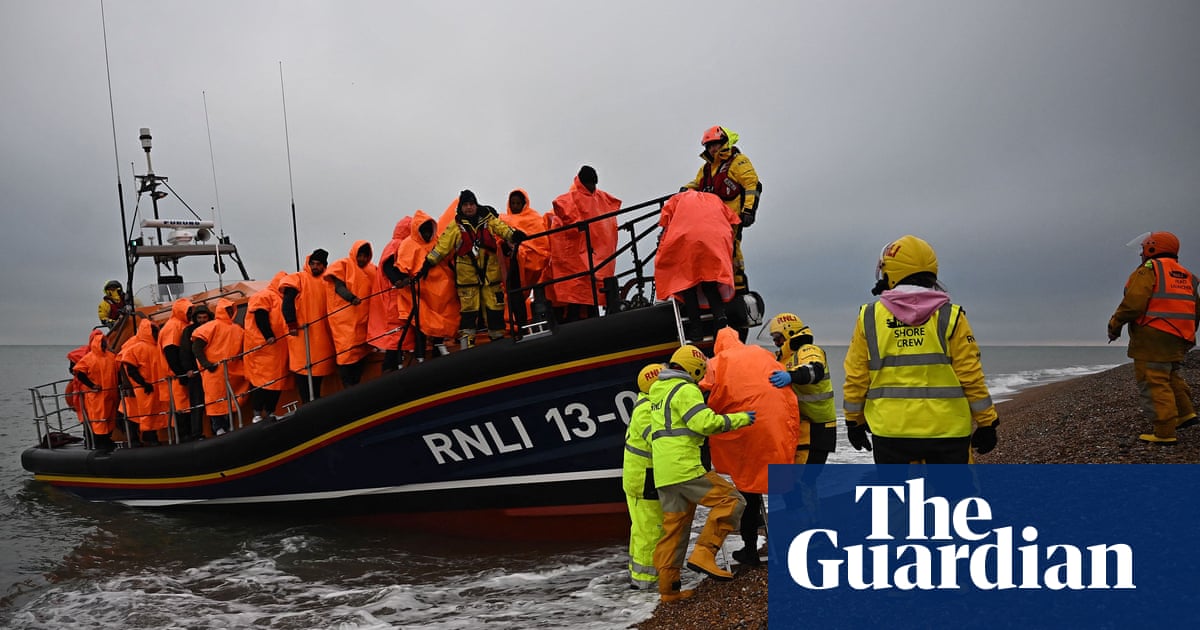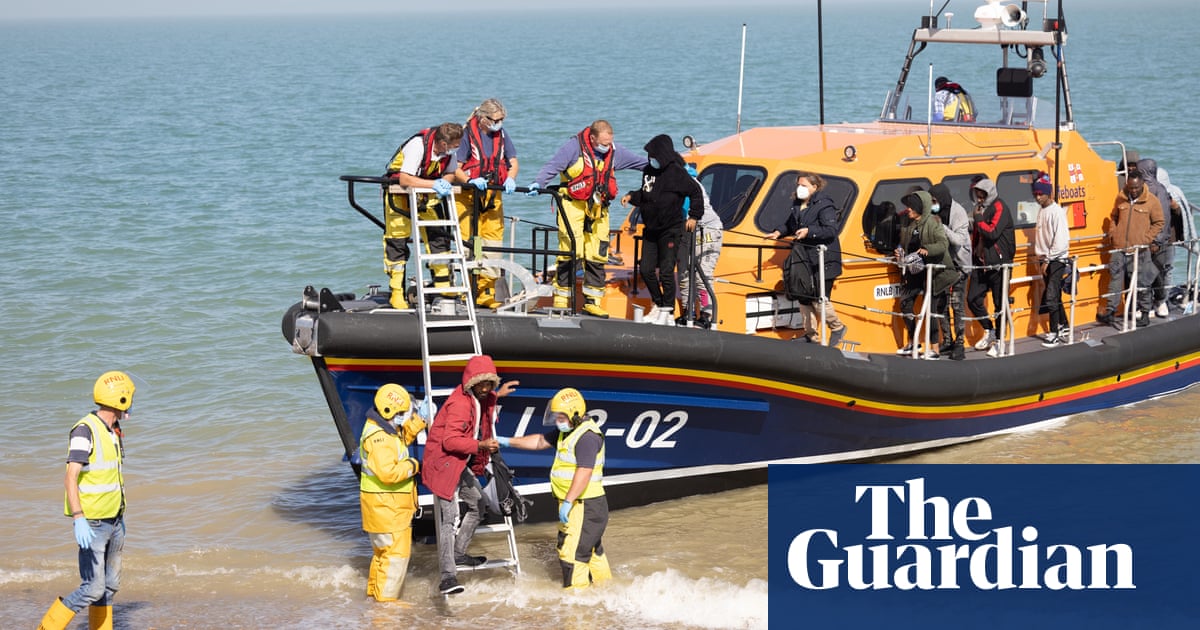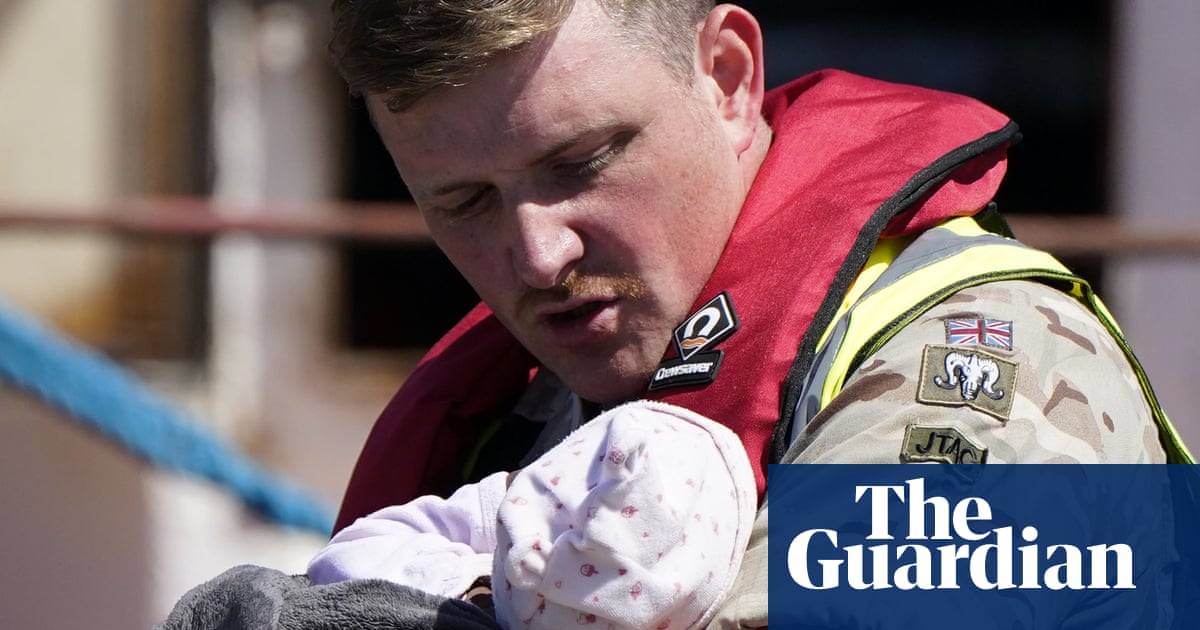
The government cannot be accused of under-promising when it comes to ending the practice of refugees crossing the Channel in dinghies.
Ever since former home secretary Sajid Javid declared a “major incident” in the Channel in December 2018 – a year when just a few hundred people attempted to cross – the government has been promising solutions. The latest plan, from Rishi Sunak and the current home secretary, Suella Braverman, is a new law to stop people who enter the UK on small boats from claiming asylum. “Make no mistake,” said the prime minister, “if you come here illegally, you will not to be able to stay.”
Ministers seem to have considered everything, from wave machines and Border Force staff on jet skis, to pushing back dinghies trying to cross the Channel. Successive agreements between the UK and France have promised to tackle the crossings once and for all. In November 2022, a £63m deal was signed between the two countries, which politicians promised would be a gamechanger. And of course there is the jewel in the crossings deterrent crown: the Rwanda deal.
This was announced in April 2022; yet last year saw a record 45,756 people crossing, so evidence that the policy has acted as a deterrent seems scant. A high court ruling that found the policy to be lawful is now being challenged in the court of appeal, so no flights will take off imminently. And even if flights are greenlighted further down the line, there is no indication that Rwanda has the capacity to take in the tens of thousands of people arriving in small boats each year that the government is eager to get rid of.
Each government announcement on small boats promises more than the one before. But each one is dogged by a rise in crossings.
Sunak’s latest fix is no exception. The new law, provisionally called the illegal migration bill, is expected to try to make asylum claims inadmissible from those who travel to the UK on small boats. It would involve a duty being placed on the home secretary to remove “as soon as reasonably practicable”, to Rwanda or a “safe third country”, anyone who arrives that way. Those who do arrive will also be prevented from claiming asylum while in the UK, with further plans to ban them from returning once removed.
The government believes it will be able to apply a “rights brake” in the legislation to circumvent European convention on human rights regulations. But no details of how this might work have yet been made public. Instead, Braverman told the Sun on Sunday that “The British people want this solved … They are sick of tough talk and inadequate action.”
But this latest announcement only raises more questions about how that action will be delivered. The current seven immigration removal centres, with space for just a few thousand people, will be unable to hold the tens of thousands it seems the government now wants to detain. Where are they actually going to put them? Two more centres are due to come on stream, but they are unlikely to be able to pick up all of the slack. Detaining asylum seekers who are victims of torture and trafficking and who may be actively suicidal is not impossible, but it could be fraught with difficulties. While the high court ruling about Rwanda found the policy itself to be lawful, it overturned the government’s decisions to send the individuals who brought a legal challenge because the Home Office had failed to consider their cases properly. Locking people up and bundling them on to planes isn’t quite as legally straightforward as it sounds in a Sunday newspaper headline.
Sunak’s plan to make claims inadmissible is another great soundbite, but figures so far are not promising. A little-publicised House of Commons research briefing published on 14 February found that between January 2021 and September 2022, while 20,600 asylum cases were considered for an inadmissibility decision, just 83 of them were declared inadmissible – and just 21 people were removed from the UK. The reason why more of those 20,600 were not declared inadmissible was because they qualify to have their claims considered in the UK under international law – not the controversial Human Rights Act, but by the Geneva conventions, which most countries of the world are signatories to.
France, with 112,860 asylum applications last year and Germany, with 164,925 – many more than the UK’s 74,751 – have taken a different approach. They have focused on clearing their respective backlogs. This is something the UK Home Office has also pledged to do, but despite the recruitment of extra caseworkers the promises have not yet filtered through to the statistics. In 2022 there was a record backlog of 160,919 cases. Of those decisions that were made in 2022, 75% were granted refugee status or humanitarian protection, with around 50% of those who appealed after an initial refusal succeeding.
A rolling programme of increasingly fantastical promises from the UK government to sort out small boat crossings has so far failed to deliver. And there is little evidence from polling that the electorate believe the government is doing a good job on this. Instead of chasing eye-catching headlines, the urgent focus should be on clearing the backlog and allowing refugees to move forward with their lives and contribute to our society. In the meantime, there is a huge chasm between the endless tough talk and what is actually deliverable, and the government’s sums simply don’t add up.
Diane Taylor writes on human rights, racism and civil liberties






